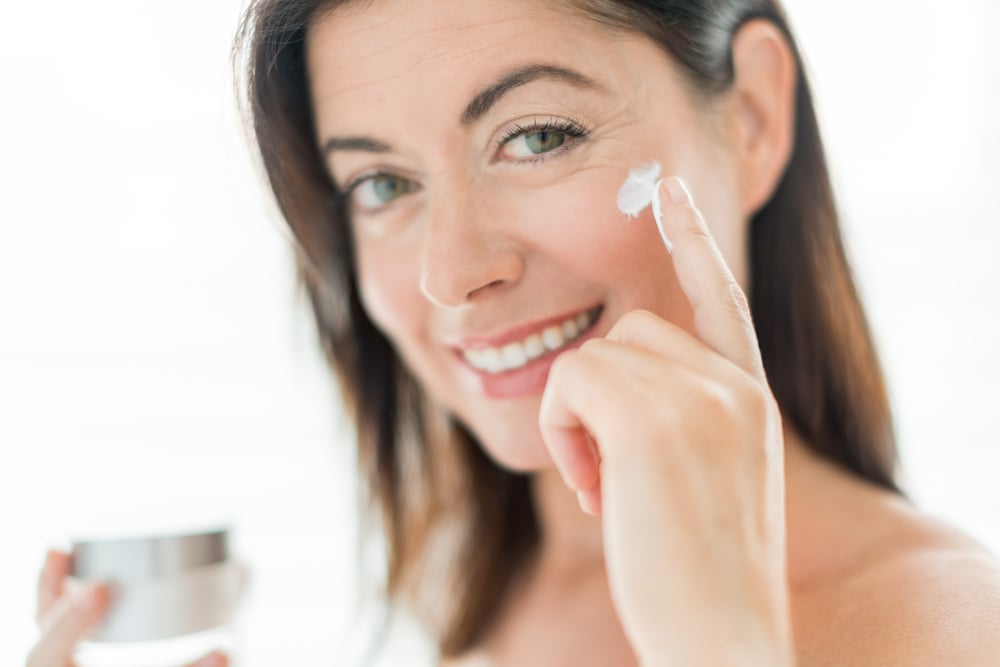Every household is full of chemistry. Products made with all sorts of solutions sit on the shelves of laundry rooms, kitchen counters, and medicine cabinets. All of these products work great for their intended purpose but are awful for carpets. Whenever something gets spilled, dripped, or knocked onto the carpet, there is always the possibility that your carpet fibers will become bleached.
Bleached spots on carpet can be the result of several possibilities. There are several factors to consider.
- What fiber the carpet is made from?
- How large are the spots?
- Is color completely gone from the spots or is the color lighter?
- Is there an orange ring or halo around the spot?
- Does the shape appear round, or in the shape of a hand print or footprint?
- What part of the house is this carpet located in?
- Does the area get lots of sunlight?
- How old is the carpet?
If there were no spots prior to cleaning, the cleaning technician used the same products and procedures on the entire carpet and didn’t use spotting solutions in the location of the areas that appear to be bleached, his cleaning would not cause random spots. If the cleaning was responsible it would have bleached the entire carpet.
There had to have been something already on the carpet. There are several kinds of spills that are activated by heat and/or water. The spill bleached the carpet, but either the heat or the water from cleaning started the bleaching process.
Agents that can Bleach the Carpet
- Benzoyl peroxide is a common ingredient in many acne medications, in some skin creams, some athlete foot medications, and so forth. Benzoyl Peroxide can be transferred to the carpet if it is not completely washed off of the hands or feet. Note that it becomes bleached when it is damp and over 90 degrees. BP will create a bleached area that may be lighter or completely white. The center is often more bleached than the edges. There is often an orange or (sometimes) a yellow ring surrounding the edge of the bleached area.

- Regular household laundry bleach may be dripped on the carpet. This is common near the laundry room, and there might be a trail of drips. If the bleach dries before it has time to lighten the carpet, there will be no visible bleach spot, but when that bleached spot gets wet, it is reactivated and starts bleaching again.
- Bathroom bowl cleaners, especially those with strong acids, will remove the color from the carpet. A small spot will spread when it gets wet from cleaning. This can turn a pinpoint spot into a quarter-sized color loss.
- Oven cleaners have high alkalinity and will loosen the dye in the carpet when dripped. The dyes remain until cleaning removes the damaged dye. I have seen this happen near kitchens or between a kitchen and a door where oven racks or something similar had been carried across the carpet.
- There are several spot removers sold over the counter that will damage carpet dye if they are not fully rinsed out. Many folks simply don't have a good way to rinse out a spot remover they purchased at the grocery store. If there is "Oxy" in the name, it is a mild bleach. The longer it stays on the carpet, the more dye it pulls. This will look okay until the cleaner removes the dye that has been damaged by the spotting product. Some varieties of Resolve and Woolite have also caused bleached-out spots. One type of carpet was once advertised with the claim that it could be cleaned with bleach. Some folks remember that and add bleach to their cleaning water; I even saw that advice given on the Internet.
- Areas that get a lot of sunlight are more easily damaged. This can either happen from a window or sliding glass door where the sun always comes in, or simply from a carpet that has been there for many years. Many ordinary spills can result in bleaching these very old or sun-damaged carpets.
If the faded areas are close to heating and Air conditioning vents, your carpet might be fume fading. Fume fading results from pollution in the air settling in a pattern near the vents. The source of the pollution may be an improperly adjusted furnace, vehicle exhaust if near a busy highway, chemicals in the air such as pesticide if farming is close by or a factory that produces the products.

- Pest control products might be sprayed or dripped in a home, typically near the baseboards. Over time this can create a bleached effect with a purple tint to it. The heat from cleaning will also activate these chemicals.
Conclusion
These are some of the most common reasons for a carpet to become bleached. There are other uncommon factors that can result in bleaching that fall outside of the scope of this article. As a cleaner, it is helpful to educate your customers about these issues so that they can take better care of their carpets, and to help them understand that you weren't responsible for the bleach spot that already existed.
If you are a homeowner reading this article, realize that there are certain substances that you want to be particularly careful with around your carpet, so that you don't discolor it or damage the fibers.
by Scott Warrington
